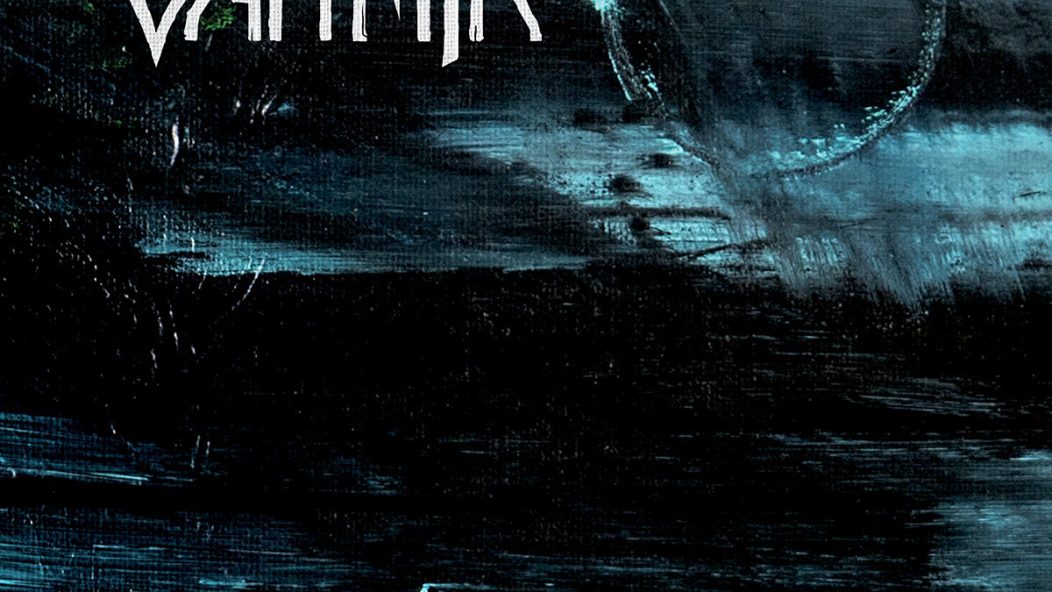
From Fire to Eternity: Varmia Honors Baltic Traditions on "Nie nas widzę" (Track-by-Track Rundown)
Crafting a full-length album can happen in a lot of different ways. Sometimes, it’s just some good songs put in an order that makes sense. At other times, an album is a carefully-layered journey built to evoke specific themes and designed to tell an essential story. Neither approach is necessarily better, but Polish black/folk metal pagans Varmia follow the latter path on their new album Nie nas widzę, out today, and the result is something exceptional. Nie nas widzę renders ancient Baltic spiritual traditions as an elemental suite, breaking a story of nature’s progression into four movements – fire, sun, moon, and water. Like its inspirational forces, the record trades in fury and beauty in equal measure, combining ritualistic black metal with traditional instruments, singing methods, and even field recordings.
Beyond its thematic nature, Nie nas widzę packs a punch, imbuing its black metal with a resonant low-end to balance the guitar and vocal harmonies in play. The traditional instruments used, such as the tagelharpa, goat horn, wood tuba and krivula — I’ll admit I don’t recognize any of those — add even another layer to this, and hearing completely new instruments play haunting leads over extremely riff-heavy black metal is a nearly religious experience.
Nie nas widzę‘s mystical sound evokes the powerful forces of nature that it conceptually describes. The scorching sun, the fathomless sea: Varmia channels the undeniable power of the world around us.
To help outline the concepts at play, vocalist/guitarist Lasota has provided a track-by-track rundown of the album – keep reading below as you listen.
…
…
‘I’ – “The opening of the cult of Fire. You can hear real fire and the band playing when sitting around it. It’s a very primal gathering. The birthplace for the myths, legends, and even entire cults. These acoustic songs are introductions to the four chapters of the album and if you listen carefully, you can spot the musical connections between it and the next two tracks. Each of these songs is a live performance recorded at the specific location which corresponds with the subject of the album’s chapter.”
‘SVA’ – “This is the anthem for Fire. Our forefathers used to burn bodies on the piles. Their ashes spread across the wilderness, roaming into eternity. That was a glorious, maybe even ecstatic death. Fire also gives shelter from the cold and wild beasts. But whenever it burns, it burns with might. Such is that song. Rhythms galloping as flames, chasing the haunting melodies. There’s even a “duel” of leads between tagelharpa and the guitar. When we recorded that part, the flock of birds started screaming in the background. We didn’t want to correct mother nature, so we left that in the recording.”
‘agre’ – “Our second single ‘agre’ shows that the fire inside can burn more severely than the real flame. Especially when it’s caused by loss or bitter disappointment. ‘agre’ can be read as an abbreviation from ‘agrest’, which is a popular bitter-sweet fruit. It could also mean ‘aggression’. Blossom, aggression.”
‘II’ – “The warmth and the light of fire is manifested in the Sun. In our forefathers tongue the Sun was called Saule and was considered a woman. The bringer of life, security, and prosperity. This piece was performed and recorded in the bright light of day near an old barn. You can hear the surroundings and the atmosphere around that performance. This is the sound of the daylight in our land. But to hear that, you need to escape civilization by at least 30 kilometres. The further the better.”
‘KAD SAULE DIV’ – “Until the Sun shines. This is the anthem for Saule. Until she shines, we stay fierce. Musically speaking, this track could be labelled as black heavy metal. Very simplistic in the riffing, making your head bang. It should flow and fill the air with force. If it was possible, we’d have gathered 100+ men to scream the words of the refrain.”
‘swaixtan’ – “The shining. Through the light we can see things and people for what they are. But it can also blind us. Through life we learn how to use that light of enlightenment. But usually what we see is so different from what we expected. This song leans toward doom metal a bit, but the refrain stays in a shamanic mantra. The closing section has a primeval dance touch to it. A condemned dance macabre. Vocals for this song were recorded at two locations; at the castle and in our own ‘dungeon’ hall.”
‘III’ – “The Sun has set, and the fire is gone. The coldness of the night has sneaked into the same barn that we played in. Hear the voices of the surroundings and contemplate the wind. The location is the same, but the background sounds totally different. It’s stunning how easily nature can be a part of the music if only you let her. Some of these sounds you hear sneaked into the record almost musically.”
‘DIES TREMOR’ – “The day of terror. The day of the Moon – Meness. Our ancestors believed that he was stealing Saule for the night and hence there was no light then. The prince of the night, unknown and all that is magic. This is the anthem for the ruler of the black sky. There is some dancing vibe that appears again. Hear the break in the middle of the song and imagine the ritualistic circle of people that moves to this melody.”
‘kres’ – “Borderland. This term is very commonly used in Warmia as it has historical context. Investigate the Eastern Borderlands topic if you’re interested in that. It also means the end, the verge. The verge of darkness in which we stay under the reign of Meness. That ‘angelic’ string instrument you can hear is the most simple and archaic lyre. This chordophone was used under many names in all of Europe. In our lands it was known as kantele.”
‘IV’ – “Water is essential to all life and all cults. But in our case, it is as well the very heart of the landscape that we live in. Crystal clear and deep, it is subject to so many taboos, that it’s impossible to know them all. We gathered near the stream and played this song there in the middle of the night. The moisture in the air made it almost impossible to get the proper intonation out of the instruments. But this is how it sounds when you play near the water.”
‘DAINA 4’ – “Fourth and the last anthem, praising the might of the waves. As fire, they can save life and destroy it. To tame that force in their favour, our forefathers were practicing various sacrifices. Oak was their most sacred tree, and so this song’s words say that the time has come to feed it with blood. The lead section played on the bukkehorn has almost a symphonic touch to it. The Old Prussian water deity is called by the name in this song.”
‘poświat’ – “Afterworld. The last stop of this story couldn’t be anywhere else than into eternity. The waves of the mighty Baltic Sea accepted the ashes of sacrifice and took them to the depths. This song’s structure is like a river. The tempos change often, the character shifts. Starting like an innocent spring but in the end falling into the sea with terrifying force. As in the first anthem SVA, here the instrumental lead appears again in the middle of the song. This time between the guitar and bukkehorn. It appears fast under the storming blast beat, but through the simplicity of the melody it hammers into your head mercilessly. After listening to that song (and the whole album) to the end, revisit and play Track 3 from our prolog EP. A lot of musical correlations will unfold that way.”
…
Nie nas widzę released today via M-Theory Audio.










